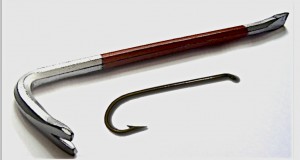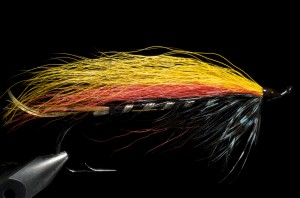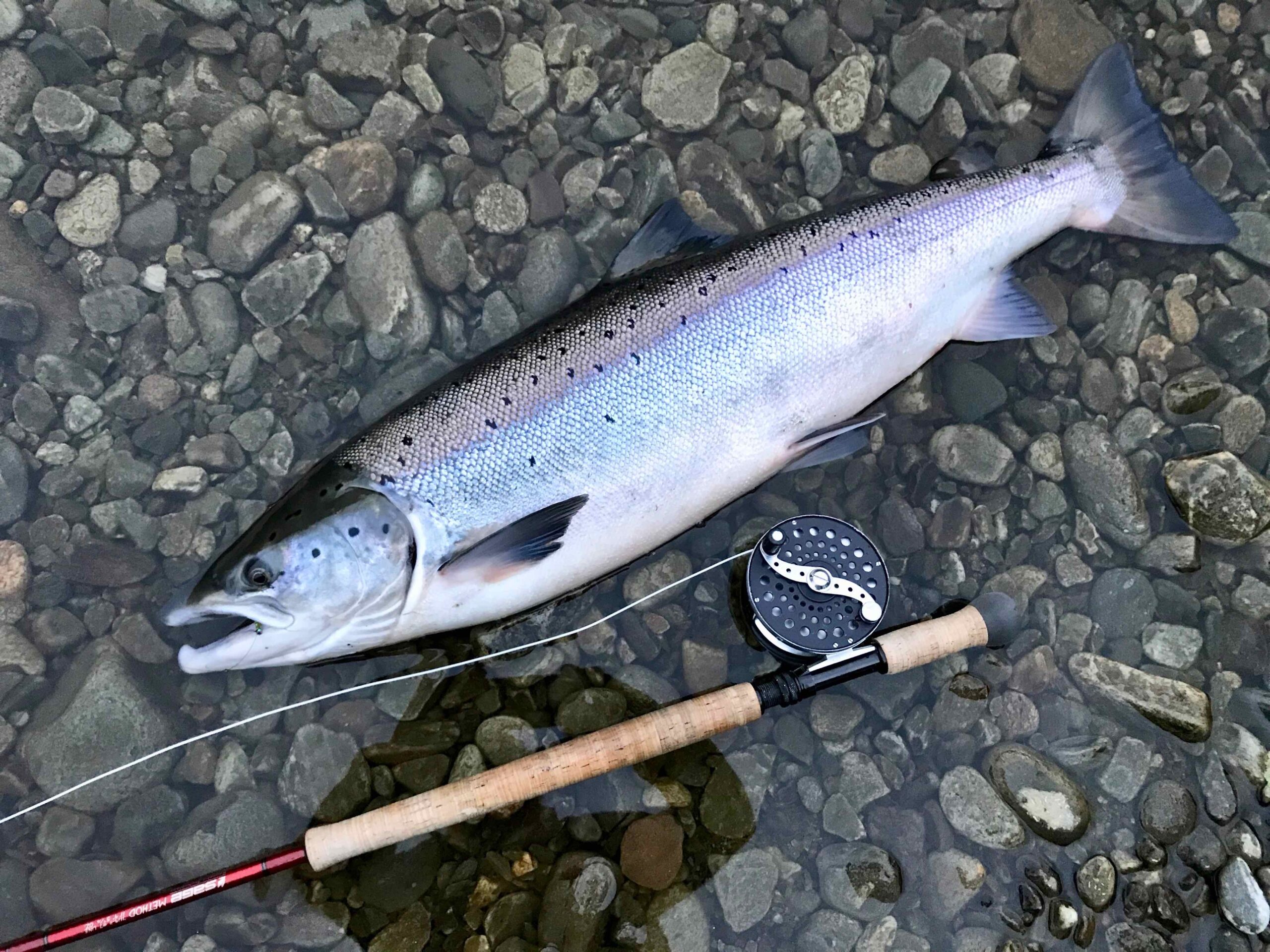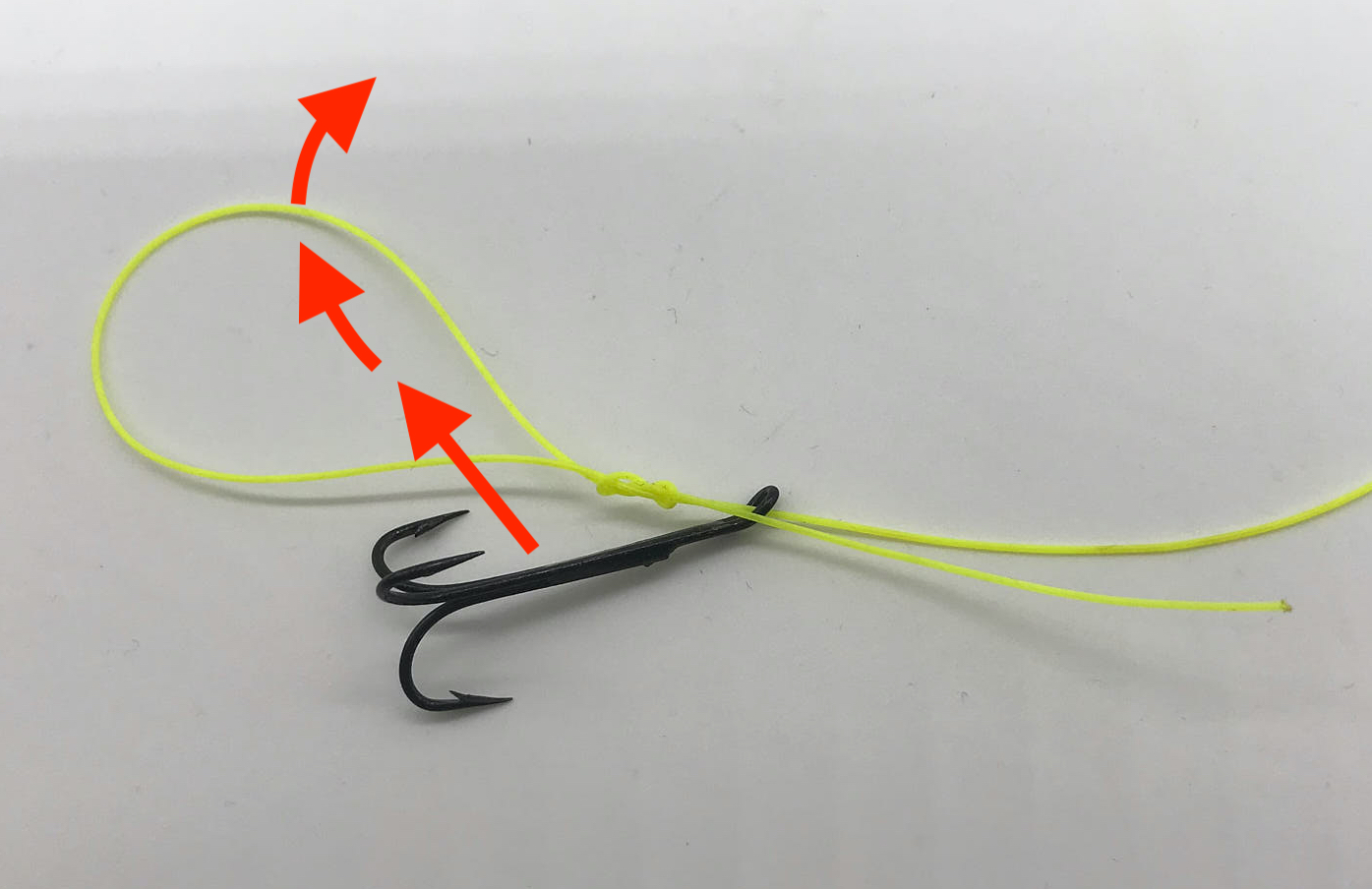Salmon and trout possess highly specialized vision, finely tuned to detect a range of colours…

The first tube fly was made in 1932
European anglers and, in particular, anglers in Scandinavia benefit significantly from the properties of the tube fly and have, through the last 50 years, worked progressively with the design of tube fly. But who made the first tube fly?
In his book The Angler And The Thread Line, the British author and angler Mr Alexander Wanless, from 1932, put forward his idea of the sliding fly (the first tube fly) from his series of flies called the: Thread Line Salmon Series.. Mr Wanless made the sliding fly and the other flies to be used with the lightweight spinning gear he used in his fishing for salmon. Read more about Alexander Wanless and the first tube fly

One of the biggest problems with big single hooks was that anglers would lose most of the fish to problems with leverage. Read about the difficulties of leverage
A few significant things about the tube fly
- Build big flies with no leverage problems.
- Tie a tube fly with distributed weight or other add-on and alter the movement like coneheads, bullets – wake discs – Propellers.
- With a tube fly, you can keep the fly and change the hook according to the changes in the river.
- Build big dry flies as we do at Fishmadman with less weight
- Make wake flies as tube flies and get flies that will wake with easy and can carry hooks in different ways
- Make tiny – tiny wet flies that can fish ..in the surface layer.. different from any salmon fly you have tried – as a result of this, gain fishing territory on an entirely new part of the river…targeting other fish





Comments (0)